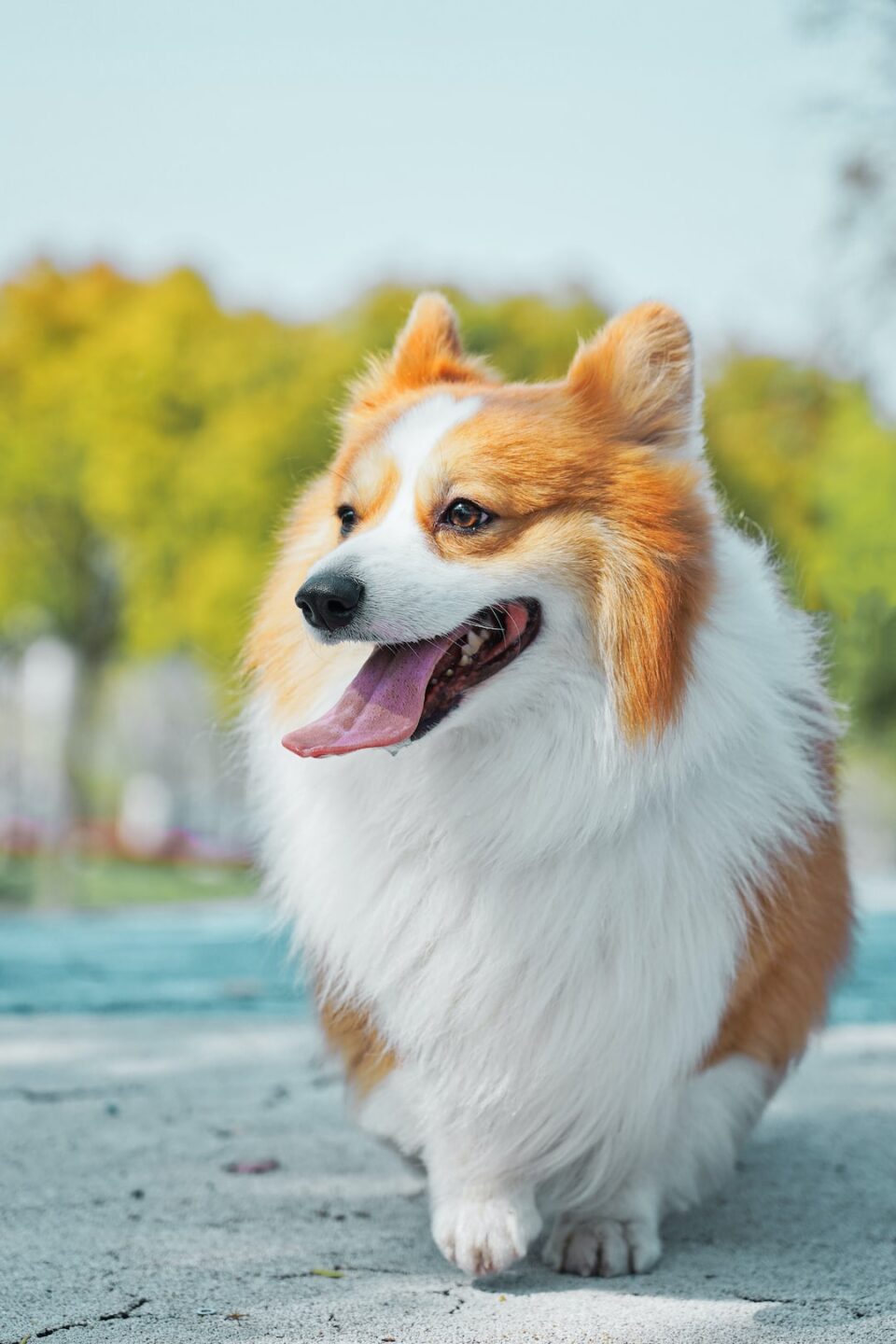Pet Anxiety: How to Recognize and Help Ease their Stress
Pets are not immune to anxiety and stress. Just like humans, they too can experience feelings of unease and distress. As pet owners, it is crucial to recognize the signs of anxiety in our furry friends and take necessary steps to help alleviate their stress. Whether you have a cat, dog, or any other pet, understanding their anxiety and finding ways to ease it is vital for their overall well-being and happiness. In this article, we will focus on cat anxiety and how to identify and help ease their stress, with a specific emphasis on cattery.
Cats are particularly susceptible to anxiety, and cattery is an essential factor to consider when addressing their stress levels. A cattery refers to an establishment where cats are temporarily housed when their owners are away. These facilities play an integral role in minimizing separation anxiety in pets; however, some cats may still experience stress when placed in such environments.
Recognizing anxiety in cats can be tricky, as they often display subtle signs. Some common indicators include excessive grooming, hiding, aggression, changes in appetite, and litter box avoidance. If you notice any of these behaviors, it may be indicative of anxiety.
To ease your cat’s stress, start by creating a calming environment in your cattery. Ensure they have access to their favorite toys, comfortable bedding, and a scratching post. Additionally, providing a vertical space, such as a cat tree, can help cats feel secure and in control of their surroundings. Familiar scents, such as bedding or clothing with your scent, can also comfort cats and alleviate separation anxiety.
Another effective strategy to reduce anxiety in your cat is through environmental enrichment. This includes providing mental stimulation by offering puzzle toys or engaging in interactive play sessions. Regular exercise is crucial for cats, especially those in a cattery. Play with them using feather wands or laser pointers to release their pent-up energy and reduce anxiety.
To create a sense of routine and security, establish a feeding schedule for your cat. Consistency can greatly contribute to calming their anxious minds. Additionally, consider utilizing Feliway sprays or diffusers in the cattery. These products emit synthetic pheromones that mimic those produced by cats, creating a calming effect and reducing stress.
When it comes to cattery, choosing a facility that prioritizes the well-being and comfort of cats is essential. Ensure the cattery provides spacious, clean, and stimulating enclosures, and assess their commitment to sufficient socialization and attention. Regular communication with the cattery staff about your cat’s needs and preferences is crucial to establish trust and minimize stress.
In conclusion, recognizing and addressing pet anxiety, particularly in cats, is vital for their overall happiness and well-being. By understanding the signs of anxiety and implementing strategies to ease their stress, we can create a calming and secure environment for our beloved pets. Proper cattery facilities, environmental enrichment, consistent routines, and effective communication are key elements in helping our feline friends lead anxiety-free lives. Remember, a little effort to reduce their stress can go a long way in ensuring their happiness.

